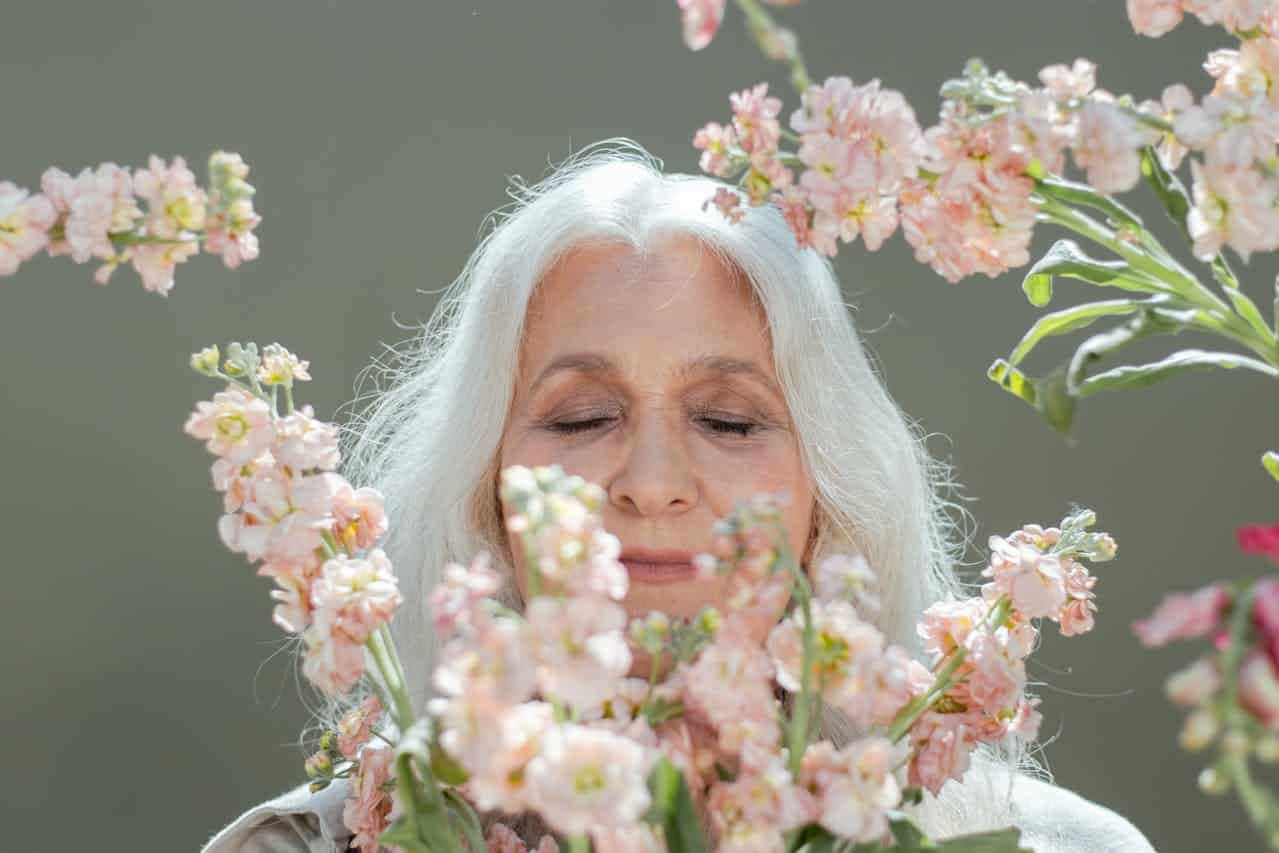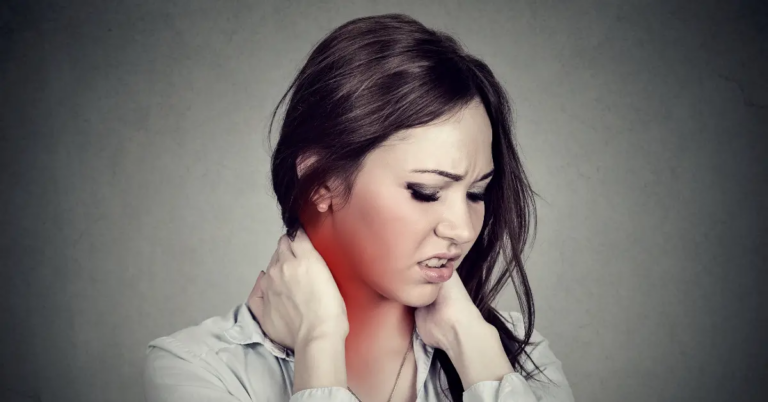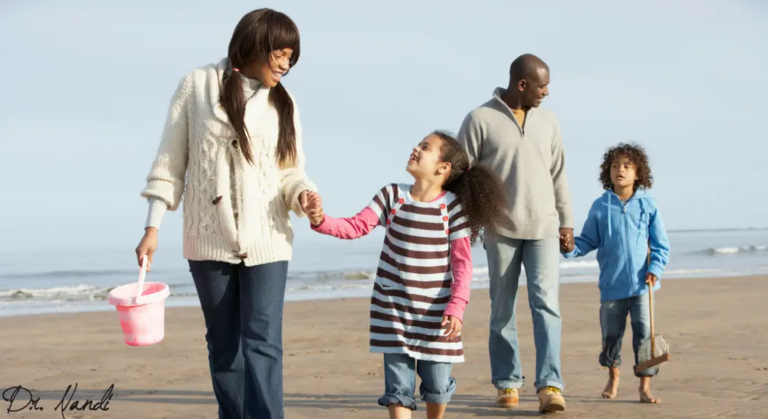In a world where the pressure to maintain a youthful appearance can feel overwhelming, a growing number of women are choosing to embrace their natural gray hair. Transitioning to gray hair is an intimate and personal journey that reflects broader changes in one’s life and identity. It can be a liberating experience, freeing women from the constant cycle of coloring and exposure to harsh chemicals. However, it also requires navigating complex emotional landscapes, as changing one’s hair color can significantly alter self-perception and how others respond.
In this article, we explore the multifaceted aspects of going gray, from the practical and emotional tips for transitioning to understanding the cultural impact of the “Silver Sisters” movement. By embracing their natural elegance, women around the world are forging a path to greater self-acceptance and challenging age-old stereotypes, proving that beauty and vitality are not reserved for the young.
The Health Benefits of Natural Gray vs. Hair Dye
Choosing to embrace natural gray hair is not just a statement of beauty; it’s a significant health decision. Many commercial hair dyes contain chemicals such as ammonia, peroxide, p-phenylenediamine (PPD), and resorcinol. These substances can cause a range of adverse reactions, from mild irritations like itching and scalp discomfort to severe allergic reactions that could necessitate medical attention. [1]
Moreover, prolonged exposure to these chemicals has been debated for potential links to more serious health issues, including respiratory disorders and even cancer, although direct correlations are often still under research. By opting to go gray naturally, women reduce their exposure to these synthetic compounds, aligning their beauty routines more closely with a holistic approach to health.
Beyond avoiding the risks associated with harsh chemicals, going gray naturally promotes better scalp and hair health. Hair dyes can strip moisture from the hair, leaving it dry and brittle, while frequent dye applications may lead to scalp irritation and sustained damage to hair follicles. In contrast, natural gray hair tends to be healthier and stronger because it hasn’t been weakened by these chemical processes. [2,3]
Additionally, maintaining natural hair encourages better moisture retention and may enhance the natural vibrancy of gray hair, which can be uniquely beautiful. As the scalp isn’t subjected to frequent chemical exposure, it remains healthier, supports stronger hair growth, and minimizes the risk of conditions like dermatitis.

Psychological & Emotional Upsides of Going Gray Naturally
Embracing natural gray hair often marks a pivotal step in a woman’s journey toward self-acceptance and body positivity. This decision can significantly boost self-confidence by aligning one’s external appearance with internal acceptance of the aging process. For many, this acceptance is liberating, as it involves shedding societal pressures to maintain a youthful appearance at all costs.
Embracing one’s natural hair color can also deepen personal authenticity, as it reflects a commitment to being genuine and true to oneself, regardless of aging norms. This authenticity often translates into increased confidence, which can permeate all areas of life—from personal relationships to professional environments.
Ditching hair dye can also lead to a notable reduction in anxiety and stress. The maintenance of colored hair requires regular appointments for touch-ups, which not only consume time and financial resources but also create the ongoing stress of appearance management. The worry about roots showing, color fading, and the overall condition of dyed hair can be constant and taxing.
By letting natural gray hair grow, individuals eliminate the need for such frequent upkeep, thereby reducing the stress associated with scheduling, planning, and enduring lengthy salon sessions. This change can free up personal time and reduce the mental load, contributing to a more relaxed lifestyle and increased mental well-being.

Inspiration from the ‘Silver Sisters’ Movement
The “Silver Sisters” movement represents a profound cultural shift, redefining aging and beauty across nearly 500,000 Instagram posts and about 300 million TikTok views. This global community challenges the entrenched stigma that labels gray hair as “bad” or “shameful,” promoting instead a narrative of liberation and radical acceptance. It’s a digital and real-life sisterhood where diversity thrives—members come from varied backgrounds, each with unique hair types, philosophies, and life stories, enriching the movement and transcending cultural boundaries.
Embedded within this movement is a critical examination of traditional beauty standards and societal expectations placed on women as they age. The Silver Sisters are flipping the script on how aging and bodily changes are perceived, transforming the conversation around aging from one of dread to celebration and pride. This shift challenges prevailing norms and reshapes societal views on aging.
The strength of the Silver Sisters movement lies in its collective voice. By uniting, these women find strength in numbers, providing support and encouragement to each other. According to a proud member, the movement emphasizes personal choice in aging and mutual support. It’s about doing what feels right for oneself without concern for societal judgment. [4]
Embracing Natural Gray Hair
Transitioning to gray hair is a significant journey that intertwines physical changes with deep emotional and psychological growth. As you embrace your natural hair color, you’re not just altering your appearance but also challenging societal beauty norms and exploring a new aspect of your identity. This process often brings about a mix of emotions, from excitement and liberation to apprehension and vulnerability.
Understanding that this transition is both a gradual physical transformation and an opportunity for personal empowerment can help ease the journey. By setting realistic expectations and preparing for the changes in how you see yourself and how others may perceive you, you’re taking the first steps toward embracing a new phase of life with confidence and grace.
- Set Realistic Expectations: Understand that transitioning to gray hair is a gradual process. Your hair might grow out in patches or vary in color and texture. Setting realistic expectations can help you be more patient and kind to yourself during this process.
- Consult with a Hair Professional: A skilled hairstylist can provide guidance on how to let your gray hair come in naturally while still looking stylish. They might suggest techniques like highlights, blending, or a shorter cut to make the transition smoother and blend your natural color with the dye.
- Care for Your Changing Hair: Gray hair can have a different texture and may require different care techniques. Invest in nourishing hair products that are formulated for gray hair, which tend to be more hydrating to combat dryness often associated with gray strands.
- Embrace Your New Look: As your gray hair becomes more prominent, embrace it as a part of your identity. Experiment with new hairstyles or updates to your wardrobe that might complement your new hair color.
- Build Your Confidence: Transitioning to gray can be challenging, especially as it changes how you see yourself and how others perceive you. Boost your self-esteem by connecting with others who are also going gray. Online communities and groups like the Silver Sisters can be excellent sources of support and inspiration.
- Address Mixed Emotions: It’s natural to feel a mix of excitement and apprehension. Acknowledge these feelings without judgment. Journaling your thoughts or discussing them with supportive friends, family, or a therapist can provide emotional relief and help you process these changes.
- Normalize the Transition: Talk about your decision and journey openly with those around you. Normalizing your experience can adjust people’s expectations and your own, reducing anxiety about how you’re perceived during the transition.
- Celebrate Milestones: Celebrate stages of your transition, perhaps by taking photos or having a small celebration when you reach significant milestones. This can help you see the beauty in the journey and reinforce your decision.
- Maintain a Positive Environment: Surround yourself with positivity. This can include following positive social media accounts, reading uplifting stories about others who have embraced their gray hair, and maintaining a circle of supportive friends and family.
- Reflect on the Benefits: Regularly remind yourself of the reasons you chose to go gray, whether they’re health-related, aesthetic, or philosophical. Keeping these benefits in mind can help you stay committed to your decision even when you face doubts or negative feedback.

My Personal RX on Embracing Natural Body Changes with Positivity and Health
Aging is a natural process, and embracing the changes that come with it can lead to a healthier and more fulfilling life. As a healthcare professional, I advocate for a positive approach to aging, recognizing and celebrating the wisdom and experiences gained over the years. Changes such as gray hair, wrinkles, and shifts in physical stamina are all part of the journey, and managing them with grace and health-focused strategies can enhance your quality of life.
- Celebrate the Marks of Experience: View signs of aging like gray hair and wrinkles as badges of honor and experience, rather than as flaws to hide. Each mark tells a story of laughter, challenges, and triumphs.
- Nourish Your Body: As metabolism can slow with age, it’s important to focus on nutrition-rich diets. Incorporate natural supplements like Women’s Energy Protein into your routine to ensure you’re getting essential nutrients that support energy levels, muscle health, and overall vitality.
- Stay Active: Regular physical activity is crucial at any age, but especially as you grow older. It helps maintain muscle mass, boosts mood, and enhances mobility. Find activities that you enjoy and are sustainable for your lifestyle, such as walking, yoga, or swimming.
- Maintain a Positive Mental Outlook: Keeping an active and engaged mind is just as important as physical health. Engage in hobbies, social activities, and learning new skills to keep your mind sharp and your spirit young.
- Prioritize Skin Health: Embrace natural skin changes by taking good care of your skin. Hydrate well, use sunscreen, and choose skincare products that nourish without harsh chemicals.
- Read ‘Heal Your Gut, Save Your Brain’: Understanding the connection between gut health and brain function is vital. This book provides insights into maintaining cognitive function and overall health through gut health. It’s a valuable resource for anyone looking to support their mental and physical health as they age.
- Adopt Mindful Practices: Techniques such as meditation or mindfulness can reduce stress, which accelerates aging. Regular practice can help you accept and appreciate the natural changes in your body.
- Consult Health Professionals Regularly: Regular check-ups can help you navigate the changes in your body with professional guidance. This includes monitoring chronic conditions, adjusting medications, or adapting dietary needs.
Sources:
- He, L., Michailidou, F., Gahlon, H. L., & Zeng, W. (2022). Hair Dye Ingredients and Potential Health Risks from Exposure to Hair Dyeing. Chemical Research in Toxicology, 35(6), 901–915. https://doi.org/10.1021/acs.chemrestox.1c00427
- Woo, S. T., Daniels, G., Stevic, M., Buanz, A., Gainsford, S., & Tamburic, D. (n.d.). Damage limitation: comparing the impact of polymers on bleached hair when applied during or as a post-bleach treatment. In UAL Research Online. https://ualresearchonline.arts.ac.uk/id/eprint/11111/7/170831%20Dresden%20Poster.pdf
- Website, N. (2021, November 18). Hair dye reactions. nhs.uk. https://www.nhs.uk/conditions/hair-dye-reactions/
- Afayee, S., & Afayee, S. (2023, April 25). I let my hair go gray at 31, and the #SilverSisters movement helped me learn to love it. Well+Good. https://www.wellandgood.com/embrace-gray-hair/












 Subscribe to Ask Dr. Nandi YouTube Channel
Subscribe to Ask Dr. Nandi YouTube Channel










